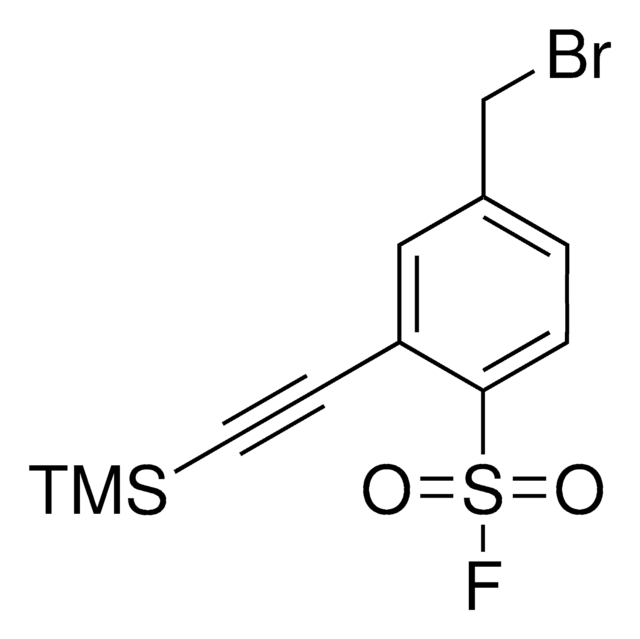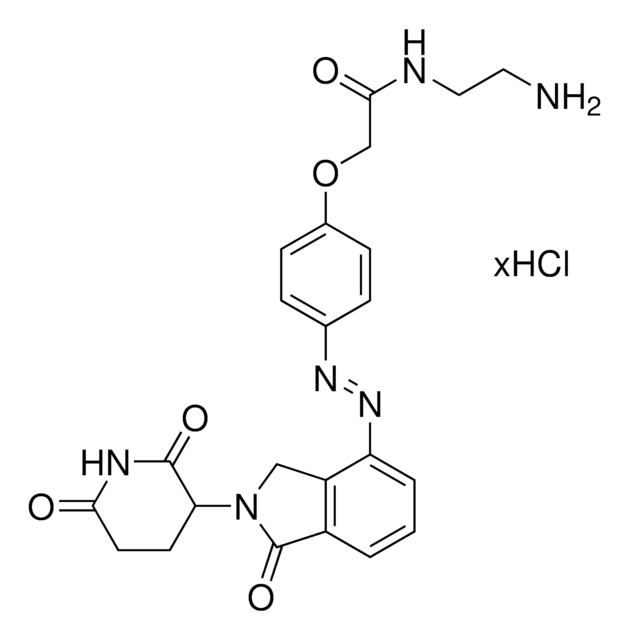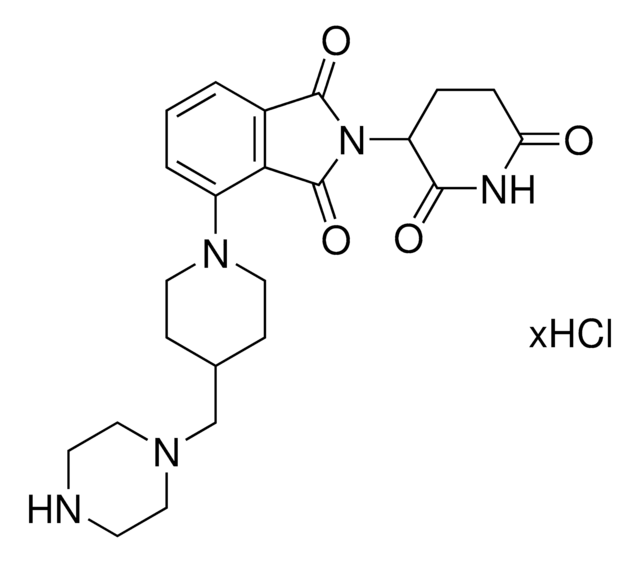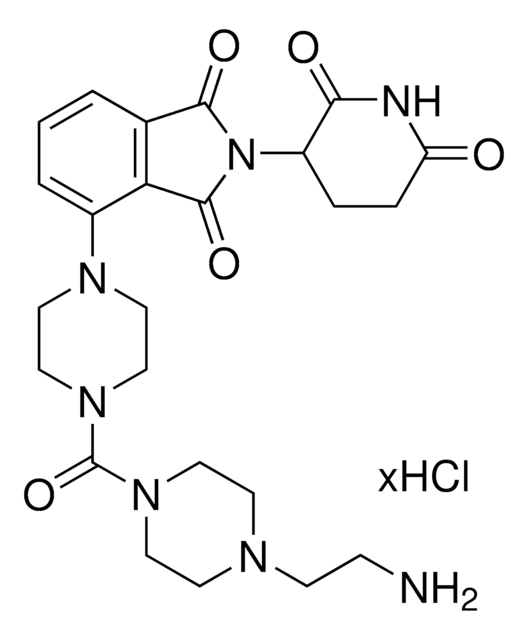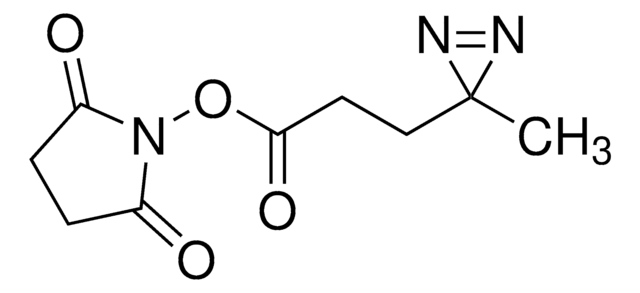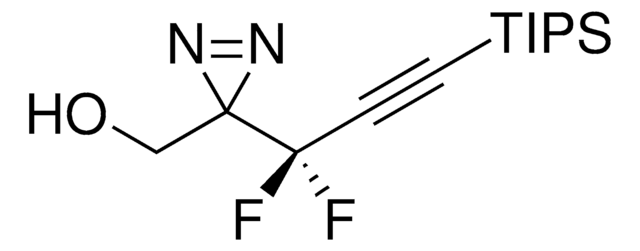920797
C5 Lenalidomide-pyridine-PEG1-piperazine hydrochloride
≥95%
Synonym(s):
N-(2-(2,6-Dioxopiperidin-3-yl)-1-oxoisoindolin-5-yl)-2-(6-(3-(piperazin-1-yl)propoxy)pyridin-3-yl)acetamide hydrochloride, Crosslinker−E3 Ligase ligand conjugate, Protein degrader building block for PROTAC® research, Template for synthesis of targeted protein degrader
About This Item
Recommended Products
ligand
C5 Lenalidomide
Quality Level
Assay
≥95%
form
powder or crystals
reaction suitability
reactivity: carboxyl reactive
reagent type: ligand-linker conjugate
functional group
amine
storage temp.
2-8°C
SMILES string
O=C1N(C2CCC(NC2=O)=O)CC3=CC(NC(CC4=CC=C(OCCCN5CCNCC5)N=C4)=O)=CC=C31.Cl
InChI
1S/C27H32N6O5.ClH/c34-23-6-5-22(26(36)31-23)33-17-19-15-20(3-4-21(19)27(33)37)30-24(35)14-18-2-7-25(29-16-18)38-13-1-10-32-11-8-28-9-12-32;/h2-4,7,15-16,22,28H,1,5-6,8-14,17H2,(H,30,35)(H,31,34,36);1H
InChI key
QKGIMVMGIIYMPL-UHFFFAOYSA-N
Application
Other Notes
Portal: Building PROTAC® Degraders for Targeted Protein Degradation
Targeted Protein Degradation by Small Molecules
Small-Molecule PROTACS: New Approaches to Protein Degradation
Targeted Protein Degradation: from Chemical Biology to Drug Discovery
Impact of linker length on the activity of PROTACs
Legal Information
related product
Storage Class Code
11 - Combustible Solids
WGK
WGK 3
Flash Point(F)
Not applicable
Flash Point(C)
Not applicable
Regulatory Information
Choose from one of the most recent versions:
Certificates of Analysis (COA)
Sorry, we don't have COAs for this product available online at this time.
If you need assistance, please contact Customer Support.
Already Own This Product?
Find documentation for the products that you have recently purchased in the Document Library.
Articles
Protein Degrader Building Blocks are a collection of crosslinker-E3 ligand conjugates with a pendant functional group for covalent linkage to a target ligand.
Our team of scientists has experience in all areas of research including Life Science, Material Science, Chemical Synthesis, Chromatography, Analytical and many others.
Contact Technical Service